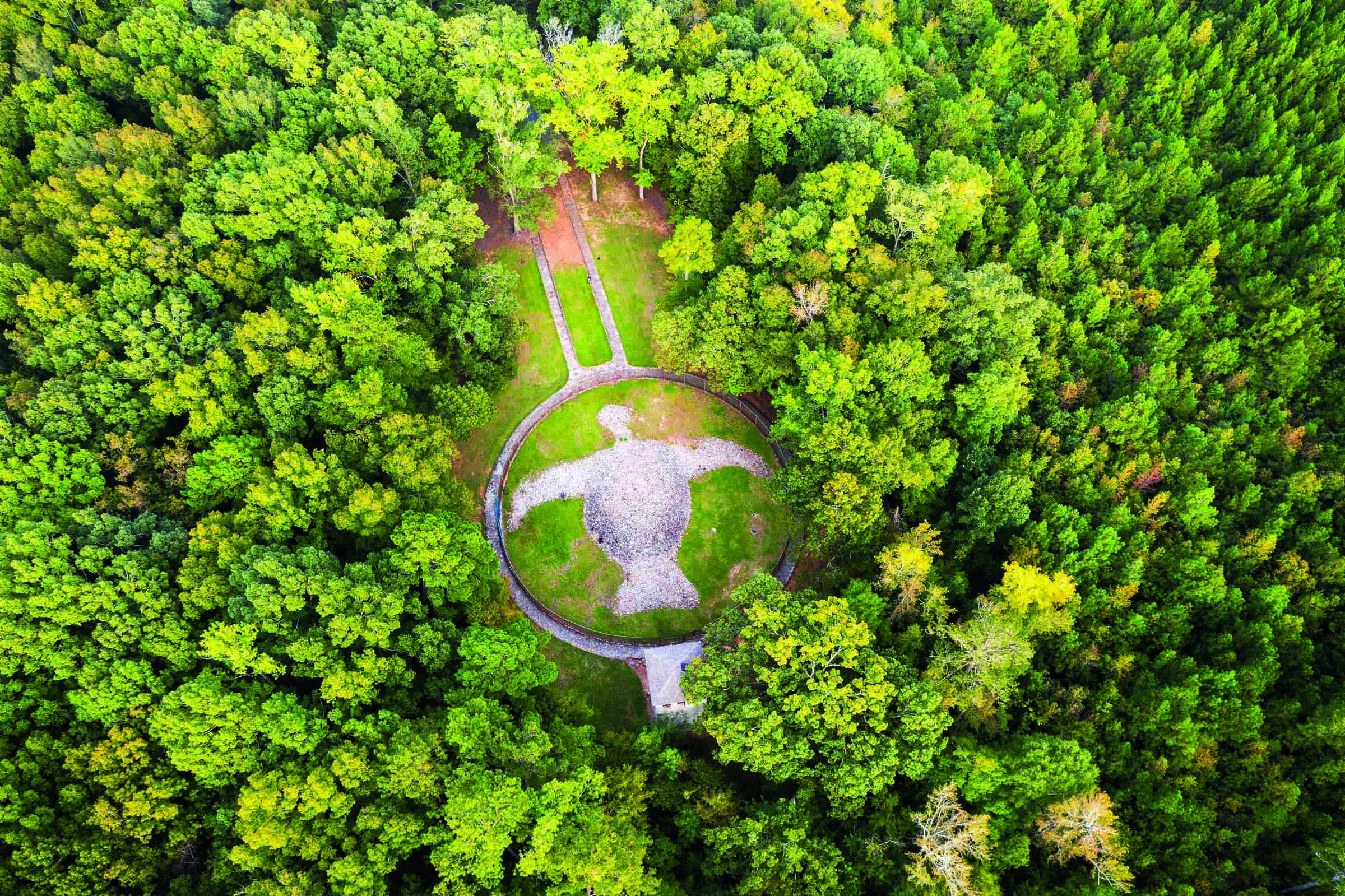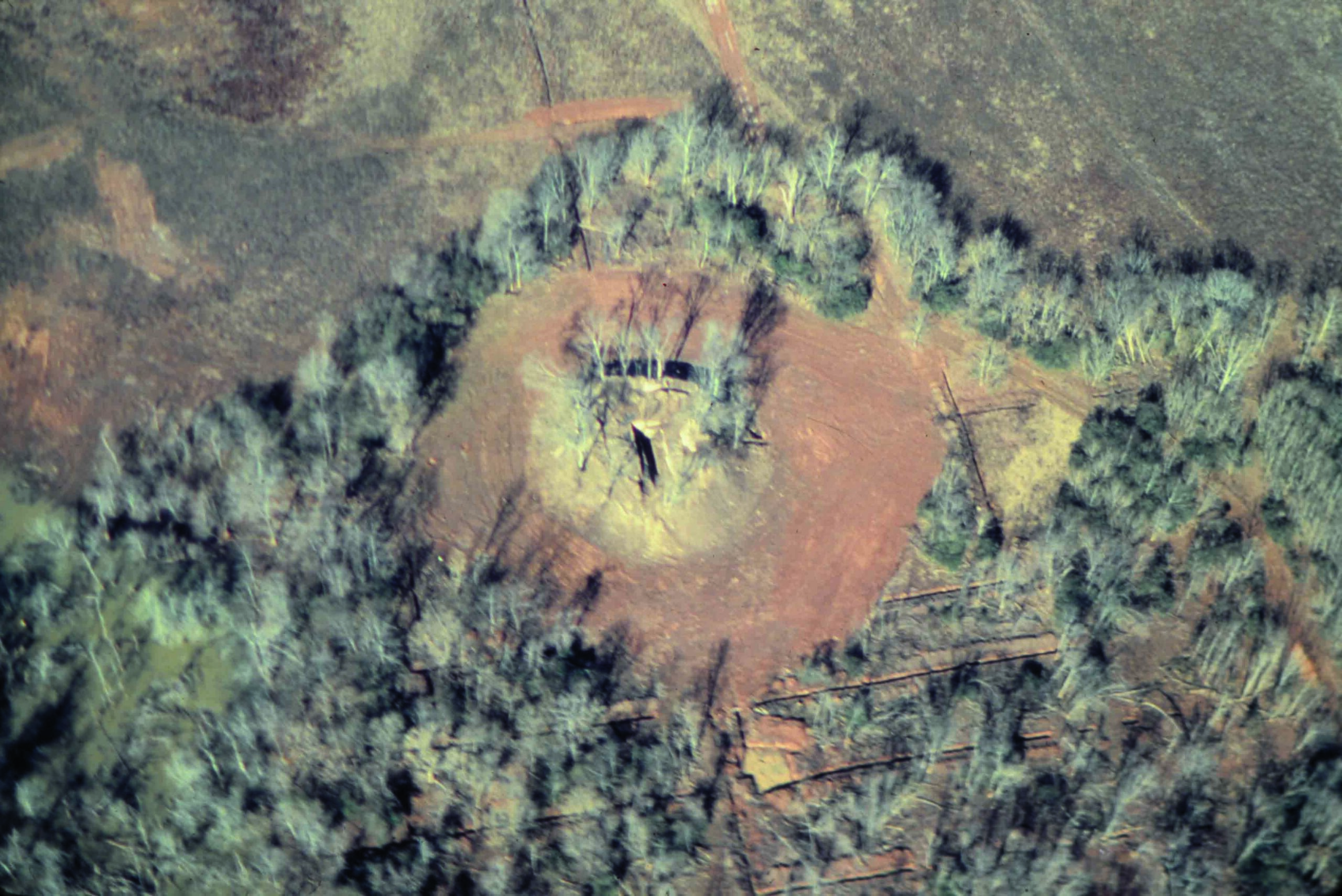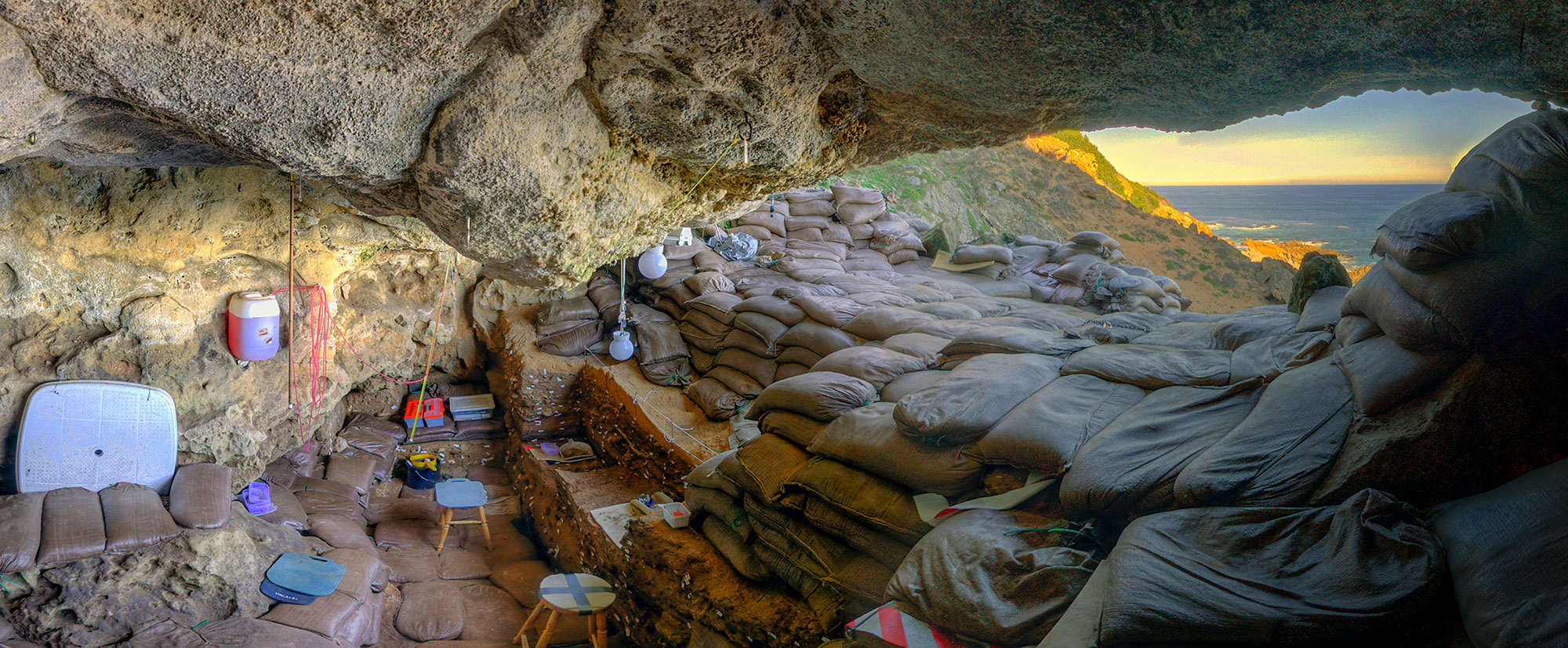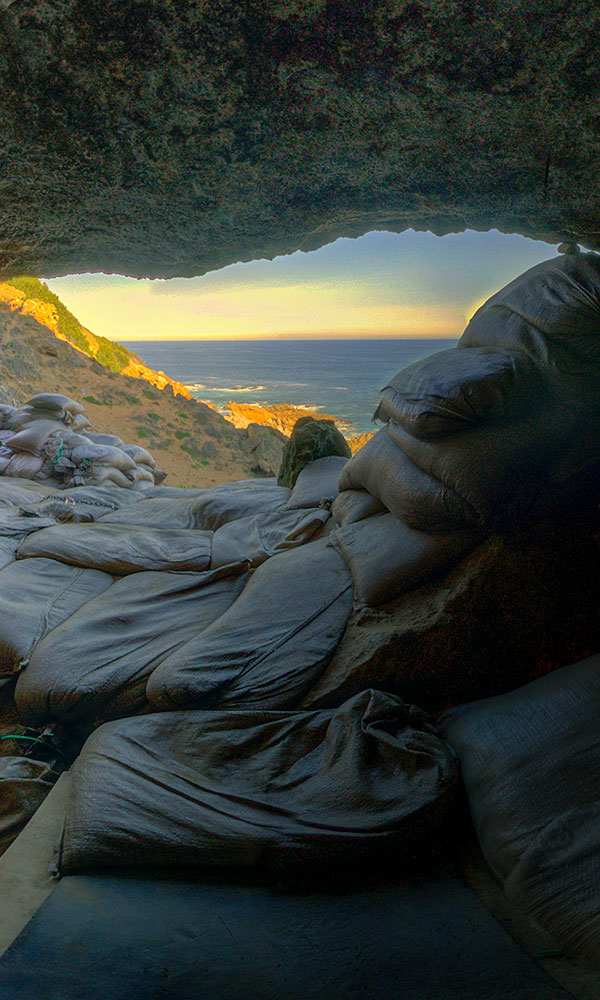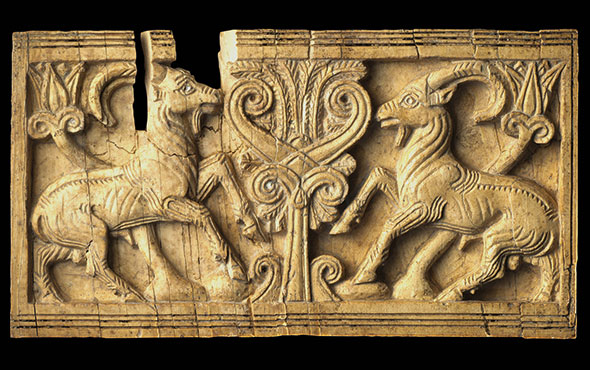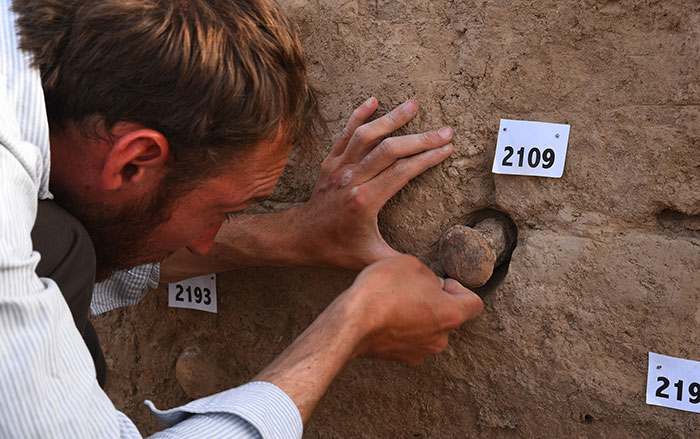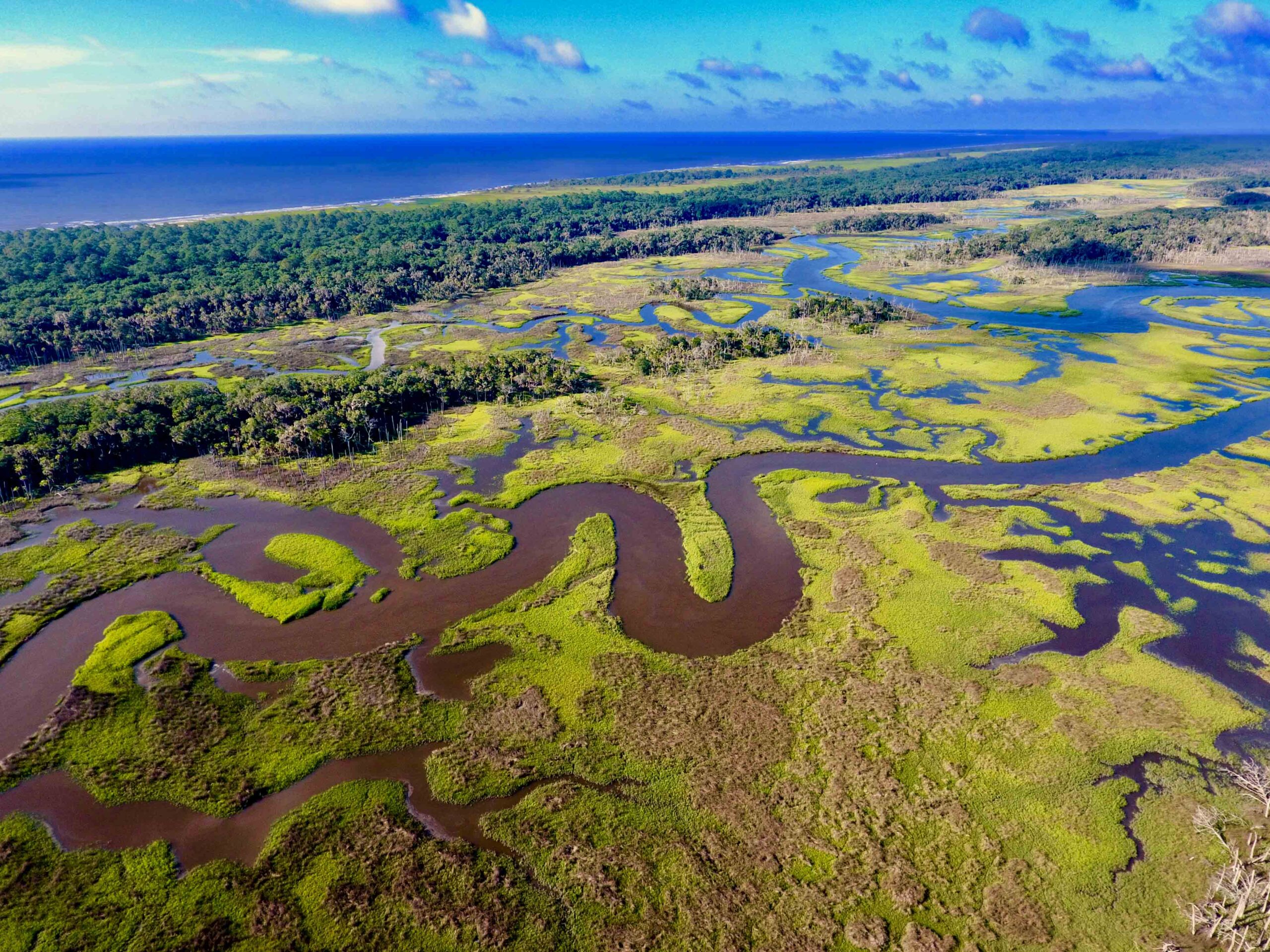
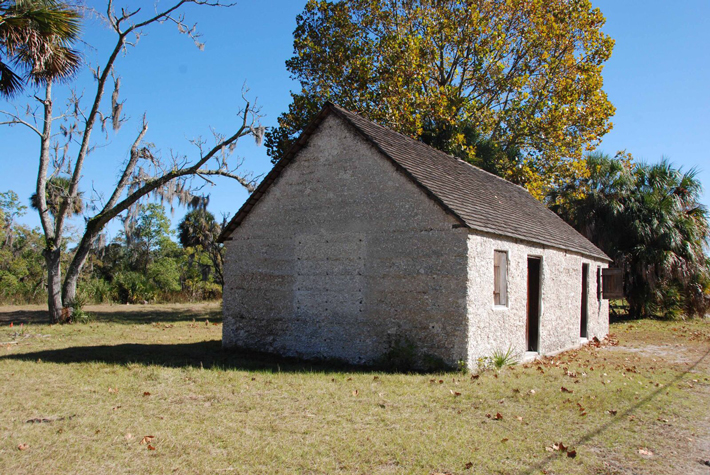
Draped in Spanish moss and overrun by the wild descendants of hogs introduced in the sixteenth century, Georgia’s Ossabaw Island is both a time capsule and rural oasis. Just 20 miles south of Savannah by water, Ossabaw spans 26,000 acres. Among its hundreds of archaeological features, representing at least 4,000 years of human habitation, are shell rings and burial mounds left by the earliest inhabitants, remains of precontact Native American villages, and eighteenth-century indigo plantations. According to archaeologist Victor Thompson of the University of Georgia, Ossabaw may have been abandoned at some time before the Spanish arrived on the Georgia coast in the 1540s. Archaeologists hope to determine when and why the island’s indigenous people, the Guale, left. Ossabaw was in private hands until 1978, when its owner, the now 105-year-old Eleanor Torrey West, sold it to the state, with the stipulation that it be protected as a cultural and environmental preserve. Ossabaw is only accessible by boat, and visitation is limited. Fortunately for history buffs and nature lovers, the nonprofit Ossabaw Island Foundation offers tours and overnight stays and hosts public events throughout the year. The foundation has also restored several buildings belonging to the island’s North End Plantation, including three mid-nineteenth century tabby cabins that were originally houses for enslaved people. They are named for their unique construction style, which uses a type of concrete made of oyster shells, lime, and sand. The cabins, says foundation director Elizabeth DuBose, are important monuments to Ossabaw’s heritage. Well into the twentieth century, the buildings were occupied by descendants of slaves. Their West African cultural traditions, now known as Gullah Geechee, continue to thrive across the Georgia and South Carolina Lowcountry.
THE SITE
Arrange a day or overnight trip and take a safari along the oak-lined dirt road that bisects the island. Keep an eye out for whitetailed deer, armadillos, shorebirds, and alligators. While its interior is not open to the public, you can still catch a glimpse of the 1920s Spanish-style mansion where the Torrey family hosted Rockefellers and Carnegies during the Jazz Age. In addition to touring the restored tabby cabins and prehistoric sites nearby, visitors can also take part in a public participation day during the University of Georgia’s annual summer field school. You might find yourself searching for a new site using ground-penetrating radar or excavating a Late Archaic midden.
WHILE YOU'RE THERE
You can’t go wrong strolling around nearby Savannah, which has one of the largest historic districts in the United States. The city is home to world-class museums and a vibrant culinary scene. Visit the 1819 Owens-Thomas House with its restored gardens and slave quarters, a monument both to Savannah’s antebellum elegance and the brutal system upon which it relied.




